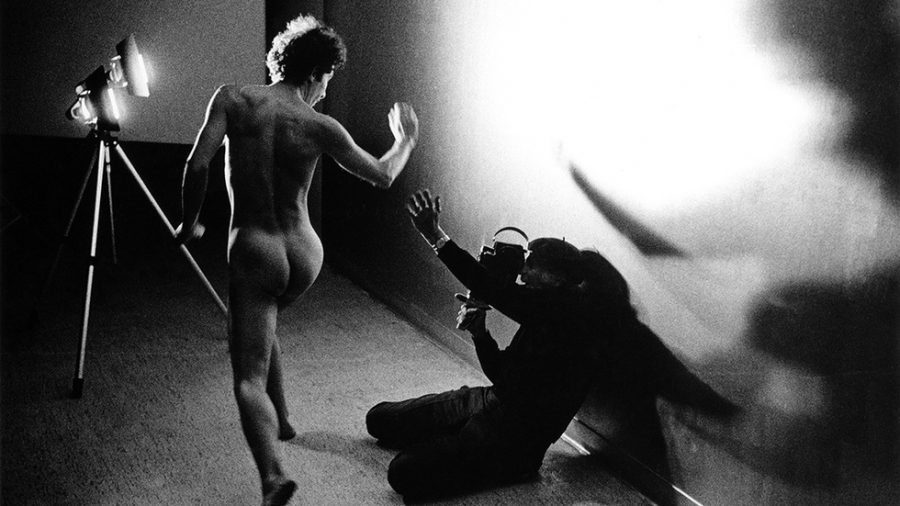
 Known as one of the most famous representatives of the 1950’s San Francisco Renaissance and a precursor of the Beat generation, James Broughton has always been a “multi-medium” artist, expressing himself through both poems and experimental films. He was one of the most active members of the late American film avant-garde movement alongside Stan Brakhage, influenced by the works of the first part of the twentieth century, by artists such as Maya Deren, Duchamp or Dada. This combination of influences explains the emancipation of film forms praised by the filmmaker, going hand in hand with a more explicit representation of the human condition.
Known as one of the most famous representatives of the 1950’s San Francisco Renaissance and a precursor of the Beat generation, James Broughton has always been a “multi-medium” artist, expressing himself through both poems and experimental films. He was one of the most active members of the late American film avant-garde movement alongside Stan Brakhage, influenced by the works of the first part of the twentieth century, by artists such as Maya Deren, Duchamp or Dada. This combination of influences explains the emancipation of film forms praised by the filmmaker, going hand in hand with a more explicit representation of the human condition.
Eric Slade, co-director of “Big Joy: The Adventures of James Broughton”, reveals in an interview that his creative partner Stephen Silha and him had different visions of the movie: “I fought for story, he fought for wild nonlinear expression (…) those two sometimes clashing visions helped a compelling story that jumps the linear tracks in many places”. This statement gives an interesting insight into the production process and is pretty faithful to what the movie is in the end. Gleaning archival footage, such as “poetic performances”, shots from Broughton’s films, interviews of director’s relatives, or diary extracts, “Big Joy” is a heterogeneous object relying on varied kinds of archives. This fragmented structure is obviously relevant inasmuch as it deals with an artist who has worked all his life towards wrecking linear perceptions of reality. But “Big Joy” is always on the edge of spectacularization. Most of the time, the images similar to the text appearing on the screen, have no aim other than illustrating the narrative voice-over. Along with this the viewer can enjoy a torrent of images flowing in time with the soundtrack, such as the opening sequence. The rhythm is so rapid that this introduction is, in the end, nothing more than a potpourri of vintage shots.
What is disputable in the movie is the inclination towards Instagram-style aesthetics, typical of our society’s taste for vintage imagery. This is all the more questionable as Broughton’s work relies on long sequence shots, inspired by performance art. Fortunately, his shots (from "Bed" or "Erogeny") find full expression in the last third of the movies, which both have slower rhythms. Nevertheless, the clever links between his life, his career and the gay rights movement in the movie can be underlined inasmuch as they are essential to understand his work. Indeed, Broughton deeply belongs to his era as a partisan of the self-emancipation of sexual minorities and body liberation – and film forms relying on performance and duration were at the time the most able to celebrate the power of the body.
“Big Joy” gives, in the end, an interesting overview of Broughton’s career as part of a revolutionary era as far as social sensibilities and art are concerned. But it is regrettable that the filmmaker’s work is most of the time reduced to a few emblematic images – knowing that the links that could have been made between his work and other artists’ such as Brakhage, Deren or Dada are interesting.